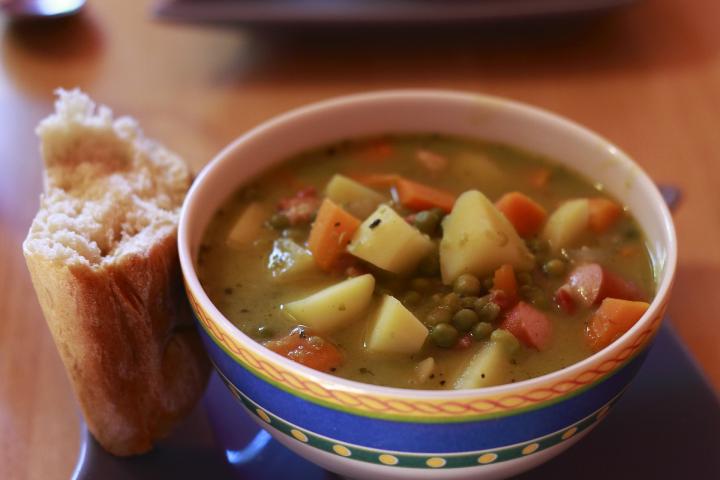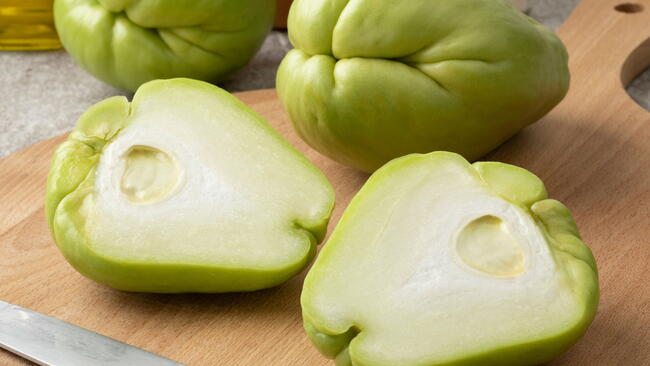
Caption
Daddy’s meatloaf
Photo Credit
Timolina/Shutterstock
Subhead
Helpful cooking advice for using what you've got!
This is very helpful, I had no idea so much food could be frozen for such time lengths. I live alone and a friend just gave me a small freezer which has lots of storage space. And I love to hibernate for periods of writing , and was trying to figure how I could keep 2 to 3 months of food in storage, without having to go out shopping. This is good news.
Grandmother lived through the Depression. Here is her recipe for Vinegar Pie.
Grandma’s Vinegar Pie
1 cup sugar
3 heaping tablespoons cornstarch
¼ cup vinegar
1 ½ cups water
1 egg and a little butter
Mix all together and pour into unbaked pie shell and bake at 375 oven 35 to 40 minutes.
The following tip came from "Moosewood Cookbook" ages ago and I've used it ever since for a steady supply of flavorful vegetable broth. Quite simply, save all your vegetable trimmings in a bag in the freezer until you have a stockpot full. Add water and simmer for 30-60 minutes. I also toss apple cores in the bag. Too many asparagus ends makes for a strong broth so toss some in the bag and the rest on the compost pile. I usually have some fresh herbs at hand and will throw a generous handful in the pot along with salt to taste. When done and cool enough to handle, pour through a colander and portion out as you wish. In ice cube trays for a small amount to add as flavor to quinoa, rice of other grain. Toss the left overs on the compost pile and enjoy an almost steady supply of vegetable broth with many uses from "waste".










Comments